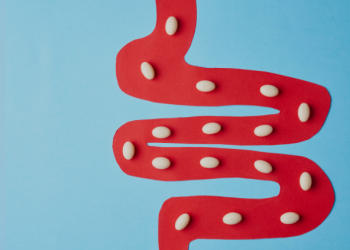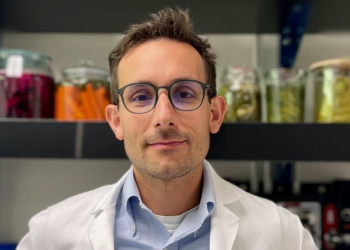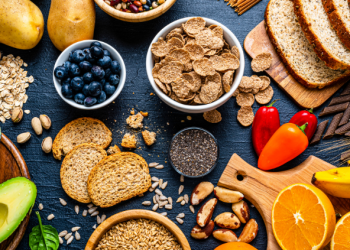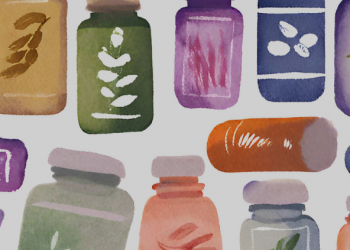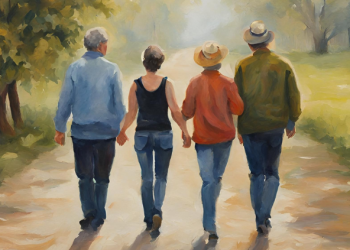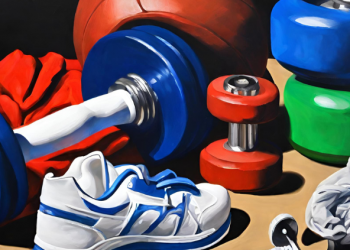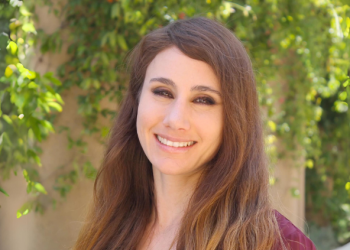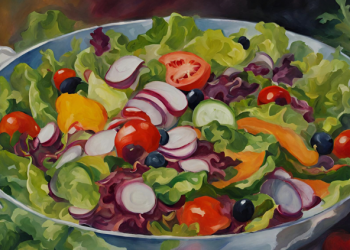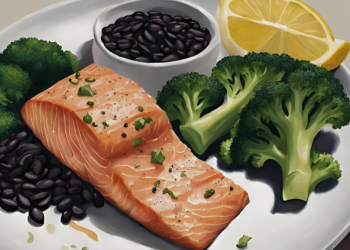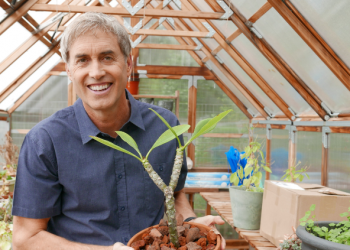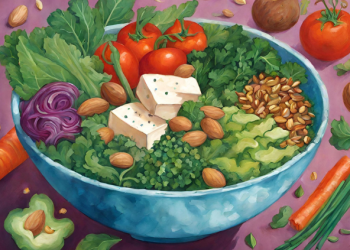Gratitude is Good Medicine

This blog is part of the Gratitude & Reflection newsletter. If you like this content, sign up here to receive our monthly newsletter!
A few months ago, Stanford Chaplain Bruce Feldstein, MD, BCC, received a call to offer compassion and spiritual care for a woman in her 90s at Stanford Hospital. When Dr. Feldstein entered the hospital room, he saw her husband sitting at her bedside, holding her hand, and looking at his wife of 62 years with eyes of devotion and appreciation. Taking a seat, Dr. Feldstein was deeply touched and inspired by the love they shared between them and the immense gratitude the husband had for his wife. With reverence for the sacred moment, Dr. Feldstein whispered to the man, “Your gratitude and love is a kind of medicine that doesn’t come in an IV.”
Intuitively, we know gratitude is good for our health, and in recent years, researchers have proven this scientifically. Several studies have shown that gratitude practices are associated with a reduction in depression, anxiety, and an improvement in overall mental health. Studies also show that gratitude practices improve physical health, such as lowering blood pressure, improving sleep quality, and creating positive changes in brain activity.
This evidence that gratitude promotes mental and physical health begs the question, “How do we experience more gratitude in our lives?” Perhaps the first step is to have a deeper understanding of what gratitude is.
Gratitude is a Mood
So, what is gratitude, exactly? Although everyone has experienced gratitude to some degree, it isn’t easy to define. Some people have an overall attitude of gratitude, while others only feel thankful when they receive a gift or something good happens in their lives. Many people, however, are somewhere in the middle. They experience gratitude as a mood that comes and goes throughout the day.
It’s useful to be aware of our moods because they serve as metaphorical lenses that determine how we assess situations. For example, if a friend cancels dinner plans, a grateful person might appreciate the extra time in their evening to relax, whereas a person who chronically complains might think they don’t have any true friends. Even though the situation is the same, the responses are different due to the variance of their moods.
Dr. Feldstein notes how we can shift our mood toward gratitude by pausing and reflecting on what we are grateful for. Even with a busy schedule, we can weave in moments of reflection to experience more gratitude and enhance our mood.
“Reflection is an antidote to busyness. When we are busy, we typically don’t notice the wonderful things in our lives. We don’t stop to appreciate what is already there,” says Dr. Feldstein. “Some people say they don’t have time to stop and reflect, but it’s not about time. It’s about having a readiness to notice with appreciation and gratitude what is going on in the midst of our activity. It only takes a brief moment to stop and notice, reflect, and appreciate the things we care about. Doing so contributes to a meaningful life and this can be cultivated.”
Gratitude is a Choice
Due to our biological need to survive, our default thoughts and emotions are often riddled with fear, defensiveness, and complaints. Without consciousness, our instincts prompt us to be on guard and defend ourselves from potential predators, which can be both physical and emotional. When we begin to spiral in these negative emotions, Dr. Feldstein recommends that we make a conscious choice to shift our focus from stressful circumstances to something good.
“Gratitude is a choice,” says Dr. Feldstein. “We don’t have control over what happens, but we do have choices related to how we see things, what we focus on, and ultimately how we respond.”
At any given moment, we can break the spiral of negative thinking by pausing and asking ourselves, “What am I grateful for right now?” By including moments for reflection multiple times a day, we can gradually shift our default thinking from negativity to gratefulness and other elements of well-being due to the neuroplasticity of the brain.
As a chaplain, Dr. Feldstein offers this understanding while accompanying patients in the hospital. “When a patient is going through a difficult time, I compassionately acknowledge their situation and then gently ask, ‘What sustains you?’ and ‘What is something you’re grateful for?'” he says. “This shifts their focus in the direction of well-being, and they begin to feel more at ease, which is a healing experience for both the patient and caregiver.”
Gratitude is Good Medicine
With enough practice in cultivating gratitude, we can start to embody the essence of gratitude while interacting with others. When we start saying “thank you” and “you’re welcome” more often, we feel more connected, and our relationships become stronger, sweeter, and more meaningful.
“Gratitude is not just something we have, it can also be something we are,” says Dr. Feldstein. “Rather than simply knowing the feeling of gratitude, I can be the expression of gratitude that I am inside and share it with others as a way of being. In doing so, we can be a healing force for ourselves, those around us, and the world.”
Dr. Feldstein shares that when healthcare workers pause during the day to prepare their attention and intention to allow for the emergence of presence, appreciation, and gratitude, they have more meaningful and healing connections with their patients.
“When we give and receive gratitude, we all feel better, we see more connection with other people, we see more possibilities in life. Whatever is happening with our physical bodies, gratitude allows us to be in a state of well-being,” says Dr. Feldstein. “So, when we [healthcare workers] are being grateful, it’s an expression of caring, which is enlivening for both the patient and ourselves, and that’s the promise of what medicine is all about.”
For more thoughts on gratitude, read What We Get Wrong About Gratitude written by Stanford Lifestyle Medicine team member, Barbara Waxman.


